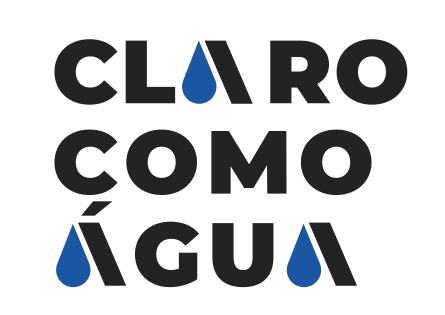The official directory for all components, plugins and modules available for use with the Joomla platform. This database is maintained by the Joomla developers.
JDOC
jdoc statements are included in every Joomla template and indicate where the output from other parts of Joomla or its extensions should be positioned in the overall web page. A typical jdoc statement looks like this:
<jdoc:include type="component" />See the jdoc statements article for more information.
JavaScript
A scripting language that runs inside the client browser, used in many web applications. In Joomla, JavaScript has become an important part to enhance the user interface and provide AJAX functionality.
Patch
The term patch file is used for two different file types. The term patch file is sometimes used to refer to archive files that allow you to upgrade from one Joomla! version to another (for example, from version 1.0.0 to version 1.0.7). These upgrade files are also referred to as upgrade packages.
The other meaning for a patch file is a file created by source code version control software -- for example, Subversion or SVN, which is used for the Joomla! source code. This type of patch file contains instructions for changing the contents of one or more source code files. The SVN software reads the patch file and then can automatically change the source code of the files being patched.
Patch files are used by the Bug Squad to test proposed bug fixes. They can also be used to contribute proposed new features to the version under development.
For more information about the structure of SVN patch files, read Learn more about patch files.
HTML5
The fifth revision of the HTML standard. It is still under development but is expected to become a new standard for web pages that eventually is expected to replace XHTML. It provides improved processing of audio and video files and is supported by most mobile devices.






















